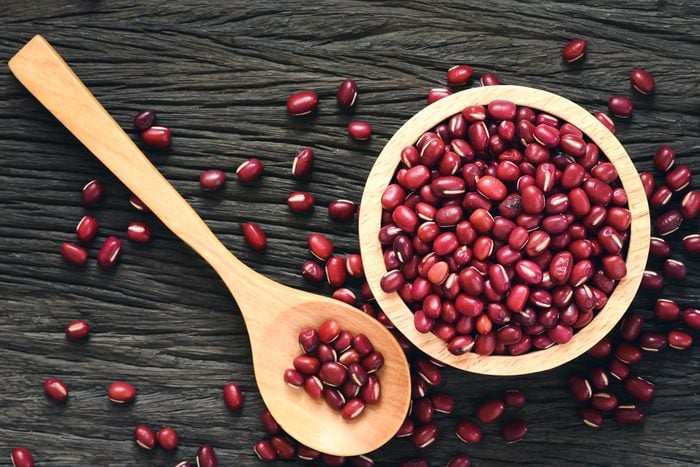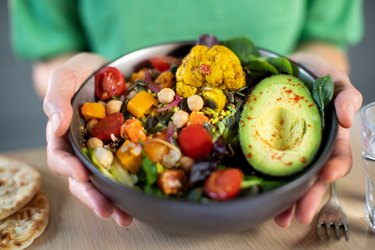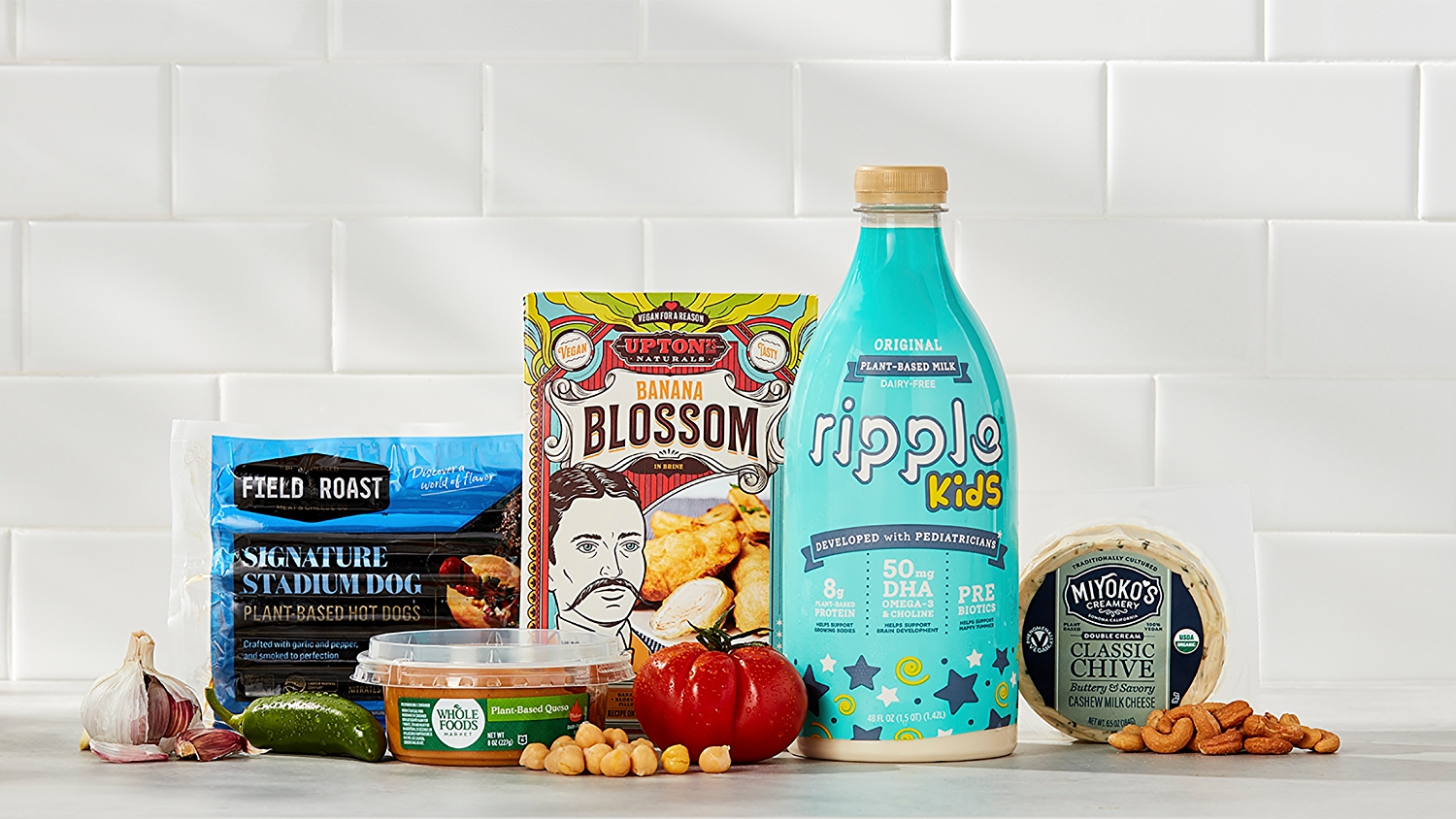
Those on a vegan diet can find a wide range of protein sources, all of which are nourishing and healthy. Some of the best vegan protein sources can be found in vegetables. These can be used to increase the amount of protein in other recipes. As a convenient and quick way to increase your protein intake, a protein powder is a great option.
Another source of protein are seeds. The fiber-rich seeds make a great addition to your salads. Spreads like peanut butter are also a good choice for snacks. Blending chia seeds into a smoothie can make them a breakfast option. Plant-based proteins powders are good options as vegan protein. These powders can also be added to smoothies and oatmeal or used as a base to your recipes.
There are many options for plant-based protein powders. These powders contain no gluten and are free of artificial ingredients. These powders are non-gmo so they can be enjoyed without concern about the environment.

Tofu is a great source of vegan protein and can be eaten raw or steamed. It can also be used to replace dairy milk. It can be used in stir-fries, soups, and baked goods. It is also an excellent base for sauces. It can be purchased at your local grocery store or made at home.
Another great vegan protein source is seitan. Seitan is a great meat substitute and has a meaty texture. This versatile food can be prepared in a variety of ways and is very easy to prepare. Avoid seitan if gluten-free. There are many options for buying seitan from a supermarket. However, it should be organic and not GMO.
Hemp is another great source of protein for vegans. Hemp is also rich in plant-based omega-3 oils. Hemp can be found in many trail mixes, cereals, and other products. You can also substitute vegan protein with hemp milk. The only problem with hemp is its odd taste. You can make a non-dairy dairy milk by mixing it with water.
You can add protein powder to your meals and also get vitamins and minerals. You can add a protein powder to your smoothie, or use it to add a boost to protein levels in a savory soup or smoothie. You can sweeten the protein powder with maple syrup and natural sweeteners. A protein powder can be a great way for vegans to get more protein, especially if they have food sensitivities.

Chia seeds is another excellent source of protein. They are rich in protein, fiber and other nutrients. You can also mix chia seeds into yogurt or sprinkle them on salads. They are a good source for antioxidants and contain about 2 tablespoons of fiber per teaspoon.
FAQ
Which 10 foods are your favorite?
The top 10 best foods are:
-
Avocados
-
Berries
-
Broccoli
-
Cauliflower
-
Eggs
-
Fish
-
Grains
-
Nuts
-
Oats
-
Salmon
Exercise: Is it good or bad for immunity?
Exercise is good to your immune system. Your body makes white blood cells that fight infections when you exercise. You also eliminate toxins. Exercise can help prevent heart disease and cancer. It reduces stress.
But too much exercise can damage your immune system. If you work out too hard, your muscles become sore. This causes inflammation and swelling. In order to fight off infection, your body must produce more antibodies. The problem is that these extra antibodies can cause allergies and autoimmune disorders.
So, don't overdo it!
Here are 7 ways to live a healthy lifestyle.
-
You should eat right
-
Exercise regularly
-
Rest well
-
Drink plenty of fluids.
-
Get adequate rest
-
Be happy
-
Smile often
Statistics
- WHO recommends reducing saturated fats to less than 10% of total energy intake; reducing trans-fats to less than 1% of total energy intake; and replacing both saturated fats and trans-fats to unsaturated fats. (who.int)
- nutrients.[17]X Research sourceWhole grains to try include: 100% whole wheat pasta and bread, brown rice, whole grain oats, farro, millet, quinoa, and barley. (wikihow.com)
- According to the Physical Activity Guidelines for Americans, we should strive for at least 150 minutes of moderate intensity activity each week (54Trusted Source Smoking, harmful use of drugs, and alcohol abuse can all seriously negatively affect your health. (healthline.com)
- In both adults and children, the intake of free sugars should be reduced to less than 10% of total energy intake. (who.int)
External Links
How To
What does the "vitamin") mean?
Vitamins are organic compounds naturally found in food. Vitamins aid us in absorbing nutrients from the food we eat. Vitamins cannot come from the body so food must provide them.
There are two types of vitamins: water soluble and fat soluble. Water soluble vitamins dissolve easily in water. Examples include vitamin C,B1 (thiamine), B2 (riboflavin), B3 (niacin), B6 (pyridoxine), folic acid, biotin, pantothenic acid, and choline. Fat soluble vitamins are stored in the liver and fatty tissue. Examples include vitamin D, E, K, A, and beta carotene.
Vitamins can be classified according to biological activity. There are eight major types of vitamins.
-
A - essential for normal growth and maintenance of health.
-
C – essential for proper nerve function.
-
D - necessary for healthy bones and teeth.
-
E - required for good vision & reproduction.
-
K – Required for healthy muscles & nerves.
-
P - essential for strong bones, teeth and tendons
-
Q - aids digestion and absorption of iron.
-
R - Red blood cells are made from red blood cells.
The recommended daily intake (RDA), of vitamins varies with age, gender and physical conditions. The U.S. Food and Drug Administration, (FDA), sets the RDA value.
For adults over 19 years, the RDA is 400 mg per day for vitamin A. Because it is essential for the development of the fetus, pregnant women should consume 600 micrograms per days. Children ages 1-8 require 900 micrograms per day. Infants under one year of age require 700 micrograms per day, but this amount decreases to 500 micrograms per day between 9 months and 12 months of age.
Children between the ages of 1-18 need 800 micrograms per daily for obesity, while those overweight require 1000 micrograms. To meet their nutritional needs, children underweight and obese need 1200micrograms.
Children aged 4-8 who have anemia are required to consume 2200 micrograms of Vitamin C daily.
2000 micrograms per person is necessary for general health. Because of their higher nutrient needs, women who are pregnant or nursing need 3000 mg per day.
Adults over 70 years of age need 1500 micrograms per day since they lose about 10% of their muscle mass each decade.
Women who are pregnant or lactating need more than the RDA. Pregnant woman need 4000 micrograms daily in pregnancy and 2500 per day after childbirth. Breastfeeding mothers need 5000 mg per day when breastmilk is being produced.